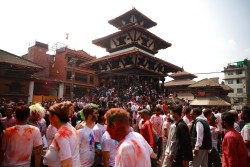Culture
Tens of thousands of Nepalis celebrated yet another new year on Sunday, marking Sonam Lhosar.
It coincided with the Chinese lunar new year, heralding the year of the cat, or rabbit - depending on the culture.
Sonam Lhosar is observed by members of the indigenous Tamang community. Prime Minister Pushpa Kamal Dahal ‘Prachanda’ was among those celebrating the festival with the Tamang community at Tundikhel ground in the heart of Kathmandu.
The Tamang is one of the 125 ethnic groups residing in multi-cultural, multi-ethnic in Nepal. The country is famous for its diverse topography ranging from the flatlands of Tarai at 60-100m elevation to Siwalik or Chure hills, valleys, mid-hills and over 8000m high Himalayan peaks.
The Tamang people constitute nearly 6 percent of Nepal’s population which has been estimated at nearly 1.6 million as of 2011. They are one of the major Tibeto-Burmese language speaking communities, alongside Gurung, Magar, Sherpa, Rai, Limbu, Lepcha and others. Migration in recent decades have seen them moving to India, Bhutan and other countries too.
Tamang people are believed to have migrated to Nepal from Tibet several centuries ago. They are divided into several sub-castes. They include: Syangden, Bomjan, Yonjan, Pakhrin, Moktan etc.
Nepal is famous for its cultural diversity and festivals that the people celebrate. Prior to Sonam Lhosar observed by the Tamang people, members of the Gurung community celebrated Tamu Lhosar on December 30, or Push 15. This will be followed by Gyalbo Lhosar celebrated by the Sherpa and Tibetan people on February 21, or Falgun 9.
The biggest celebrations will take place on April 24, when Nepalis celebrate their common new year - the first day of Baisakh as per Bikram Samvat calendar.
See photos of Sunday's Sonam Lhosar celebrations at Tundikhel:
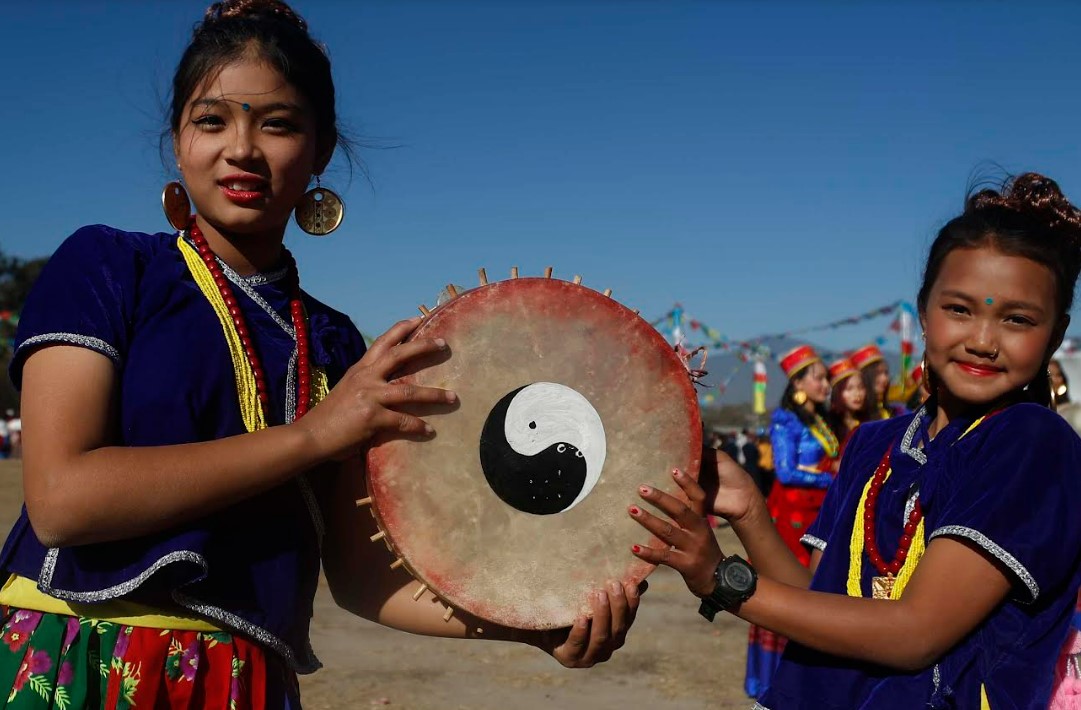
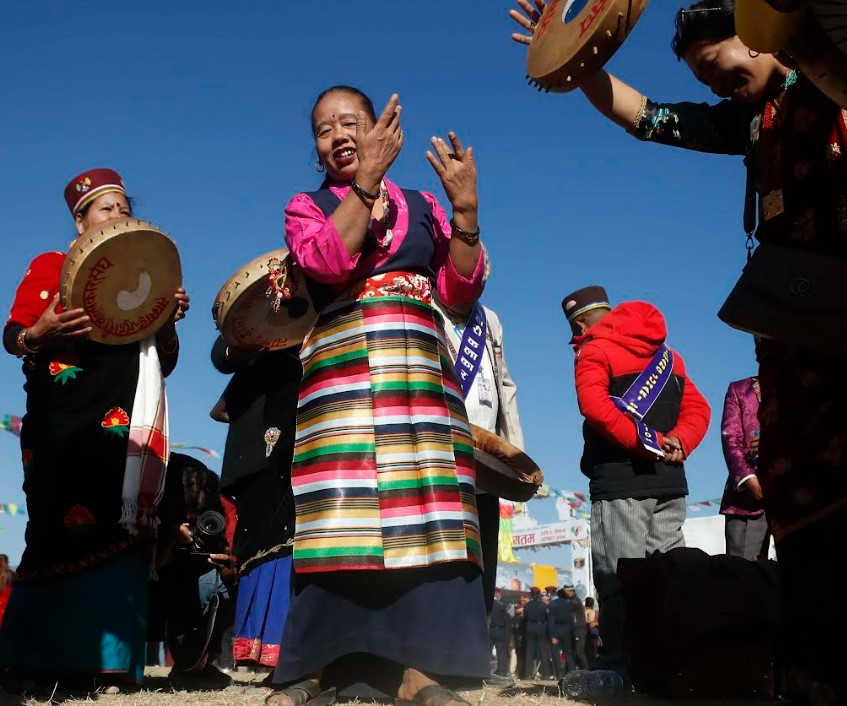
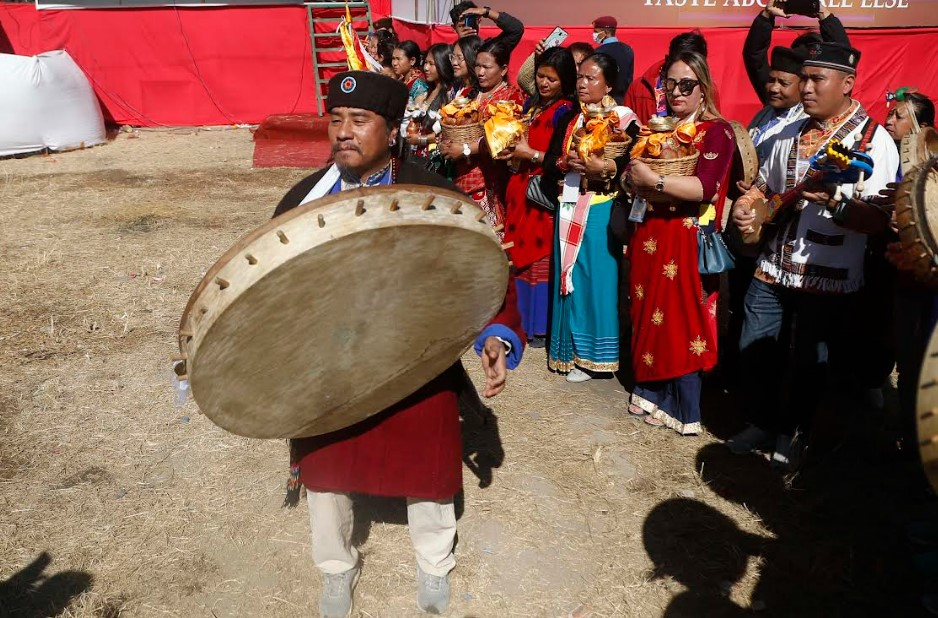
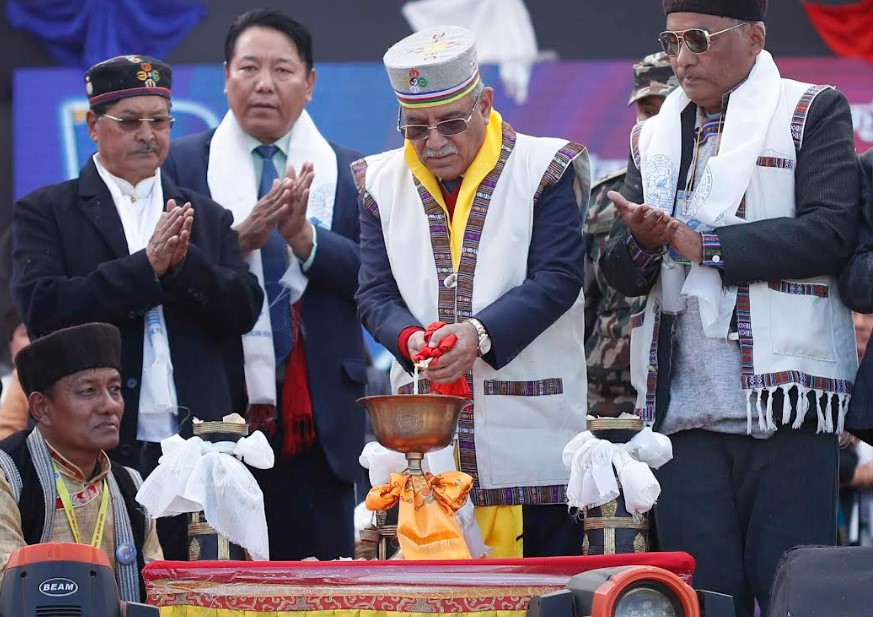
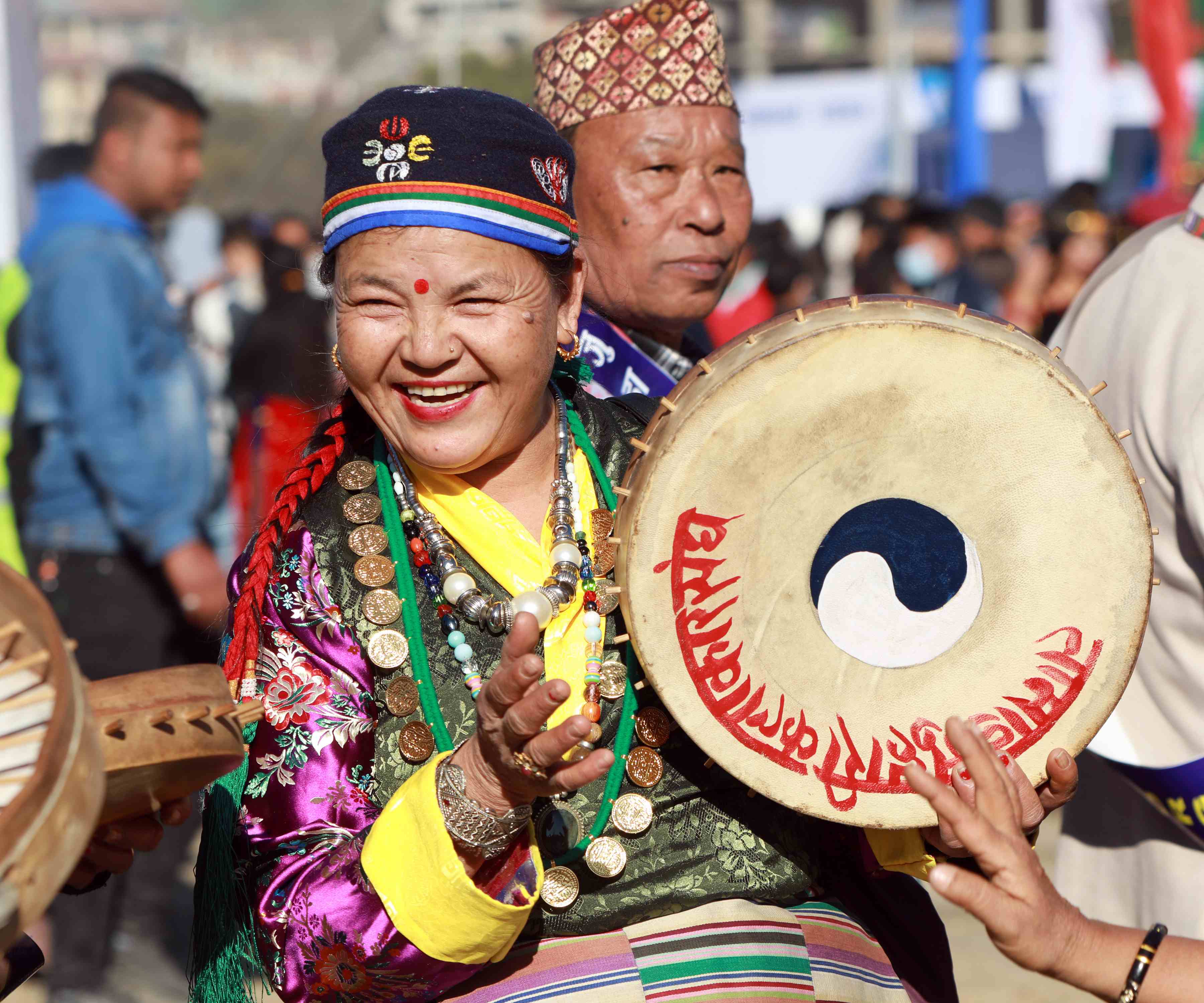
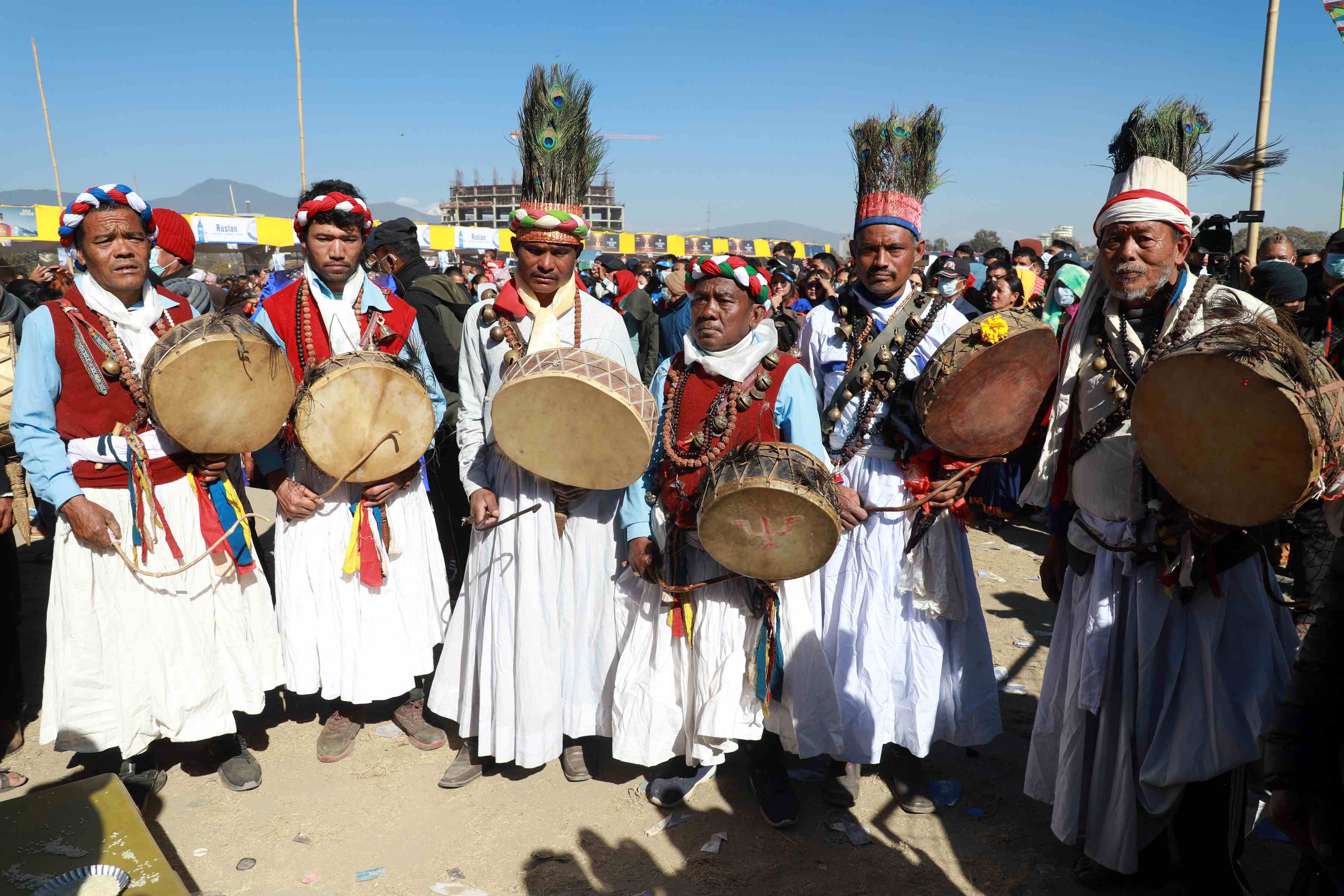
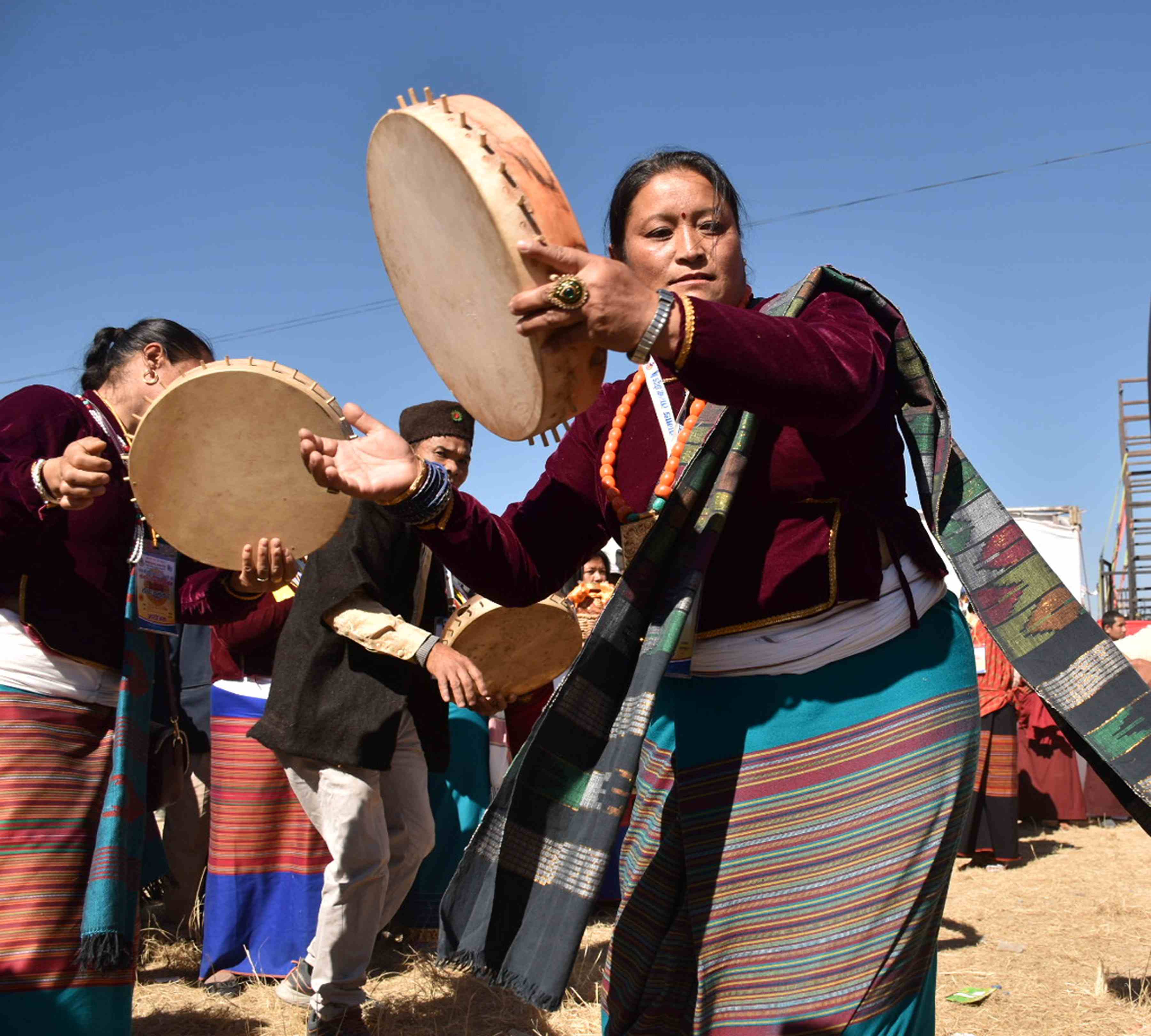
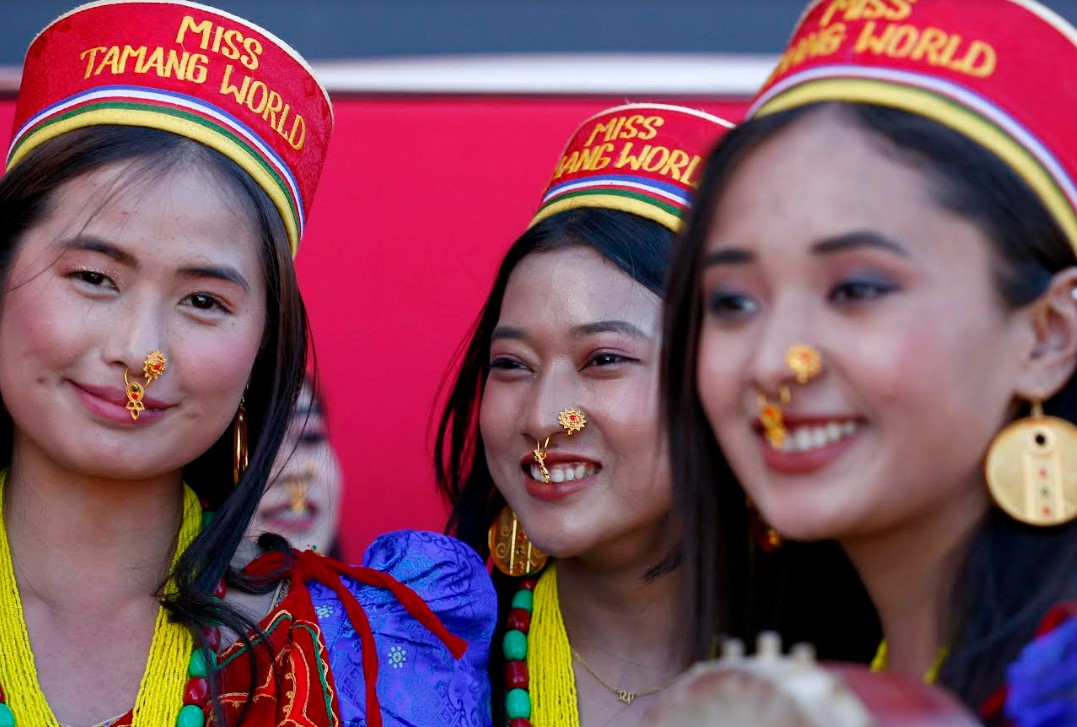
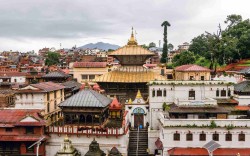
1679038049.jpg)
